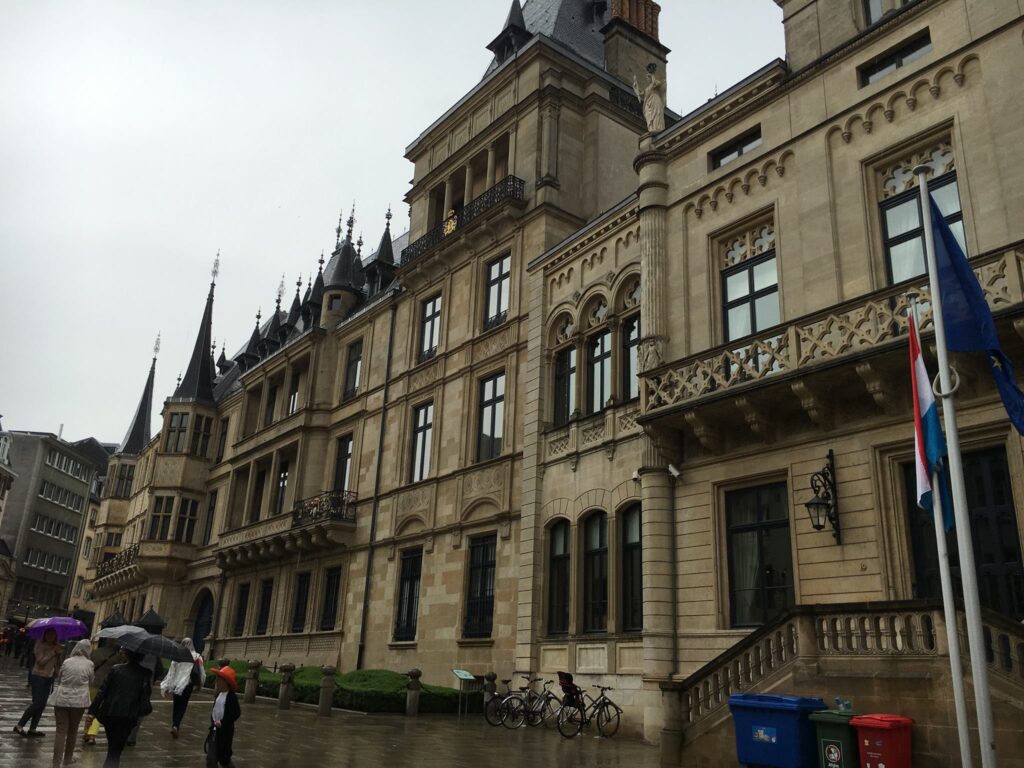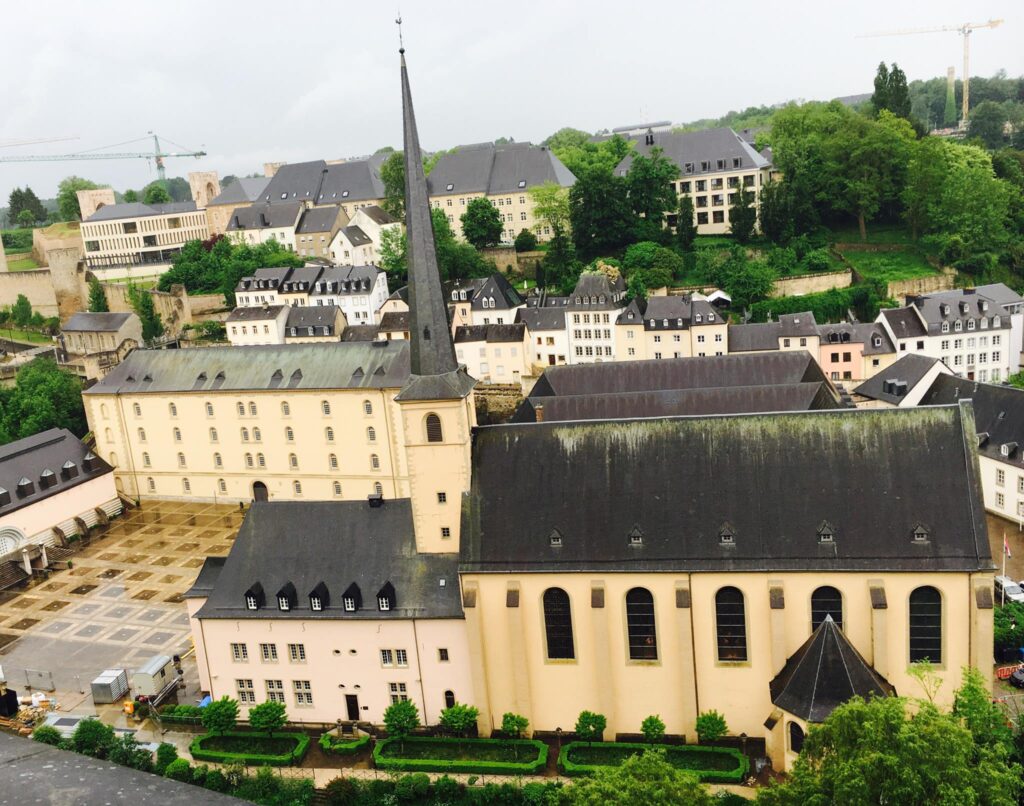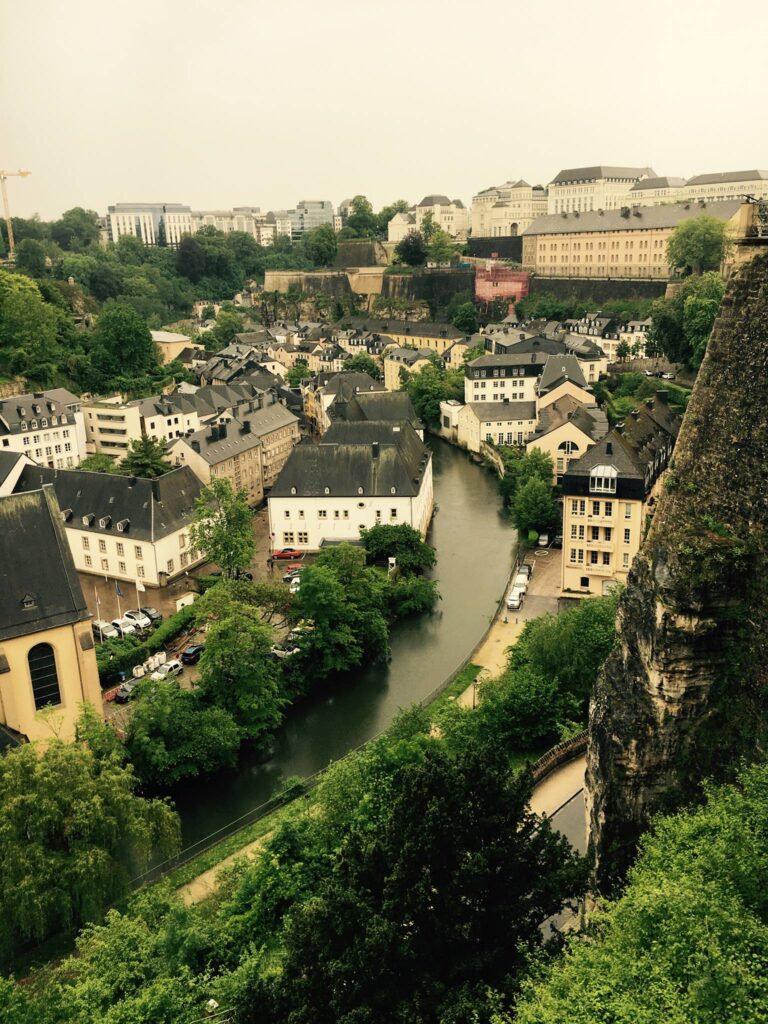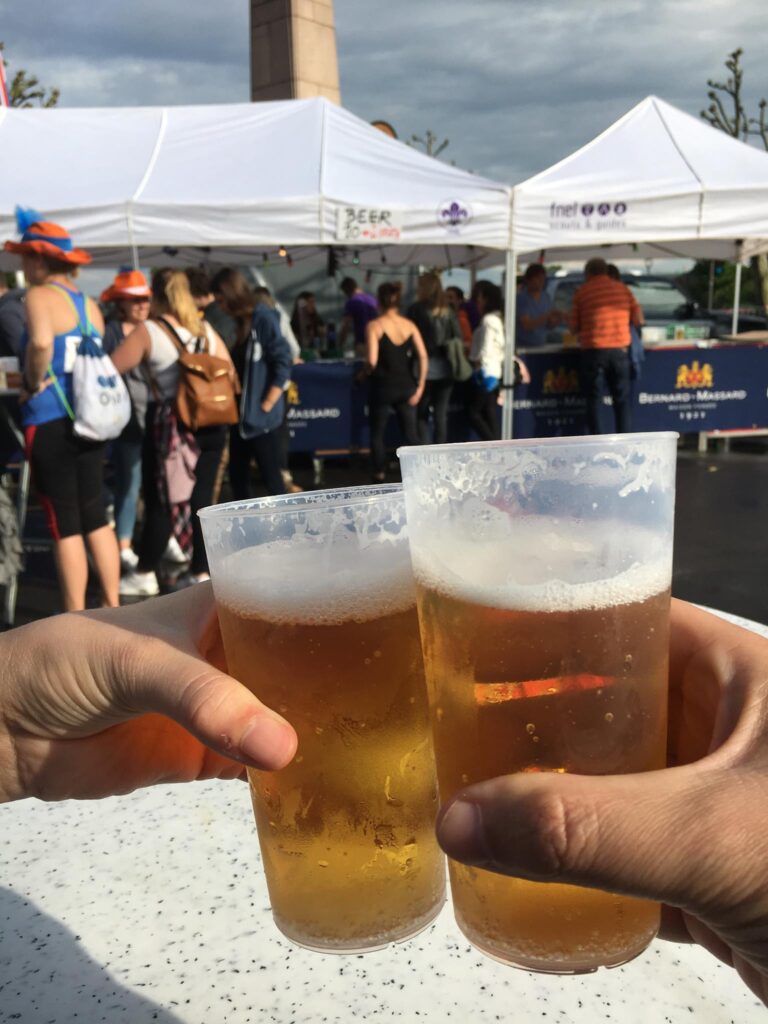Luxembourg, a small European country bordered by Belgium, France, and Germany, is often described as a hidden gem. Despite its modest size, Luxembourg boasts a rich history, stunning natural landscapes, and a thriving economy. Despite its urban character, Luxembourg is blessed with breathtaking natural landscapes.
Luxembourg is one of the wealthiest countries in the world, known for its strong economy and high standard of living. The country is a major financial center, home to numerous banks, investment funds, and multinational corporations. Despite its small size, Luxembourg plays a significant role in the global economy, particularly in the fields of finance, technology, and logistics. Luxembourg is also a founding member of the European Union and hosts several EU institutions, including the European Court of Justice and the European Investment Bank.
Regions
Luxembourg, despite being a small country, can be divided into several distinct regions, each offering its own charm and attractions.
- Luxembourg City and Surroundings: The capital city, Luxembourg City, is a UNESCO World Heritage site known for its historic fortifications, picturesque Old Town (Ville Haute), and modern European institutions. The surrounding area includes lush green valleys, parks, and the stunning Alzette and Pétrusse river gorges.
- Ardennes: The northern region of Luxembourg is characterized by the Ardennes mountain range, offering dense forests, rolling hills, and quaint villages. This area is popular for outdoor activities such as hiking, cycling, and exploring historic castles and fortresses like Vianden Castle.
- Mullerthal Region (Little Switzerland): Located in the eastern part of Luxembourg, the Mullerthal region is famous for its unique rock formations, dense forests, and picturesque trails. It’s a paradise for nature lovers and hikers, featuring the Mullerthal Trail and scenic viewpoints like the Schiessentümpel waterfall.
- Moselle Region: In the southeastern part of Luxembourg, along the Moselle River, this region is known for its vineyards, charming wine villages such as Remich and Grevenmacher, and scenic landscapes. Visitors can enjoy wine tastings, boat trips on the Moselle, and exploring Roman ruins in the area.
- Gutland: The central and southern part of Luxembourg, known as Gutland, is characterized by rolling farmland, picturesque villages, and historical sites. Towns like Echternach, the oldest town in Luxembourg, and Dudelange, known for its cultural offerings, are located in this region.
The Same
We both visited only for a day and spent most of our time in the city center. Luxembourg City, the capital of the country, is renowned for its charming old town, a UNESCO World Heritage Site. Wander through narrow cobblestone streets, past centuries-old buildings, fortifications, and picturesque squares. Highlights include the Grand Ducal Palace, Notre-Dame Cathedral, and the Bock Casemates, an underground network of tunnels and chambers.
Old Town Luxembourg, also known as the Ville Haute or the Upper Town, is the historic heart of the city and a UNESCO World Heritage Site. Perched atop a dramatic cliff overlooking the Alzette River, Old Town Luxembourg is characterized by its charming cobblestone streets, medieval fortifications, and picturesque squares
Grand Ducal Palace:
This iconic landmark serves as the official residence of the Grand Duke of Luxembourg and is located in the heart of Old Town. While the palace is not always open to the public, visitors can admire its stunning facade and take guided tours during the summer months. There are also Guards walking the front that are fun to watch.
Place d’Armes:
This lively square is the heart of Old Town Luxembourg and is surrounded by historic buildings, cafes, and shops. It’s a popular spot for locals and tourists alike to gather, relax, and soak in the atmosphere of the city. We stopped and had lunch here.
Cathedral of Notre Dame:
This impressive Gothic cathedral is one of the most important religious buildings in Luxembourg and dates back to the 17th century. Its stunning architecture, intricate stained glass windows, and ornate interior make it a must-visit attraction in Old Town.
Corniche:
Known as the “most beautiful balcony in Europe,” the Corniche is a scenic promenade that offers breathtaking views of the Alzette Valley and the Grund, the lower part of the city. It’s a popular spot for leisurely strolls and photography.
Local Cuisine
Luxembourg’s cuisine is a delightful blend of French, German, and Belgian influences, reflecting the country’s unique cultural heritage and its position at the crossroads of Europe.
- Judd mat Gaardebounen: This is a traditional Luxembourgish dish consisting of smoked pork collar served with broad beans and potatoes. The pork is typically marinated and then slow-cooked until tender, resulting in a flavorful and hearty meal.
- Gromperekichelcher: These are Luxembourgish potato pancakes made from grated potatoes, onions, and flour, seasoned with salt, pepper, and parsley. They are fried until crispy and golden brown, and often served as a snack or appetizer with a side of applesauce or sour cream.
- Kachkéis: Also known as Cancoillotte, this is a traditional Luxembourgish cheese spread made from melted cheese, butter, and sometimes beer or wine. It has a creamy texture and a strong, tangy flavor, and is typically spread on bread or crackers and enjoyed as a snack or appetizer.
- Rieslingspaschtéit: This is a traditional Luxembourgish meat pie made with a flaky pastry crust and filled with a mixture of pork, veal, and seasonings. It’s often served cold as a picnic food or appetizer and is enjoyed year-round.
The DINKs
Festivals and Events:
Throughout the year, Luxembourg hosts a variety of festivals and events celebrating its cultural heritage, culinary traditions, and artistic creativity. From the Luxembourg City Film Festival to the Echternach International Festival, there’s always something happening to entertain and inspire visitors. It just so happens that there was a festival going on when we visited so we joined in the fun and had a few beers under the tent while enjoy the music and view.
Summary
Visiting Luxembourg, one of Europe’s smallest countries, brought two groups experiences together in surprising harmony. Both the DINKs and the Family explored iconic landmarks like the Grand Ducal Palace, Place d’Armes, Cathedral of Notre Dame, and the scenic Corniche, immersing themselves in Luxembourg’s rich history and architectural beauty. They shared culinary delights, savoring local cuisine to complement their cultural explorations. The DINKs added a festive touch to their journey, joining local festivals and enjoying some local beers, adding a spirited element to their experience. Despite their unique itineraries, Luxembourg provided a common ground where both groups discovered the charm of this small yet culturally rich European gem.

















Leave a Reply